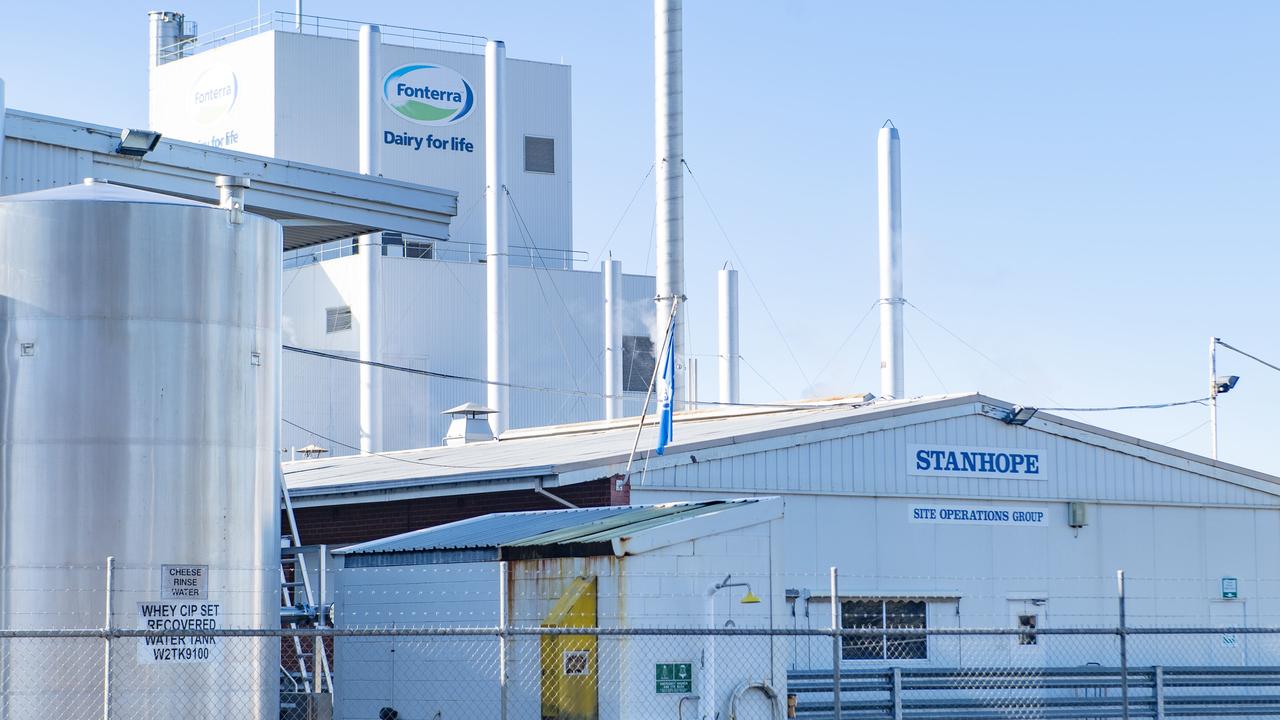Consumer sentiment softens dairy demand abroad
American shoppers are buying less dairy due to inflation. Will Australian consumers follow suit?

Softer consumer sentiment abroad is a key factor behind stagnant commodity prices in recent months, a new dairy snapshot reveals.
The latest market insights report from the Australian Dairy Processors Federation (ADPF) has examined the reasons behind falling demand in continental Europe and the United States.
The ADPF research found American milk output is gradually recovering, with signs of softer demand as US households adjust to rising living costs.
If this worsens, US prices will increase their influence in cheese and skim milk powder export
markets as manufacturers seek opportunities abroad.

ADPF executive director Janine Waller said declines in worldwide milk production were not uncommon.
“The (last one occurred) in the first half of 2019 and the second half of 2016 – but this one will last longer – almost a year already,” she told The Weekly Times.
“The major differences this time is that we entered this period of decline with low stocks of milk powders and butterfat.
“We’ve also seen strong demand in the EU as consumers stayed at home and consumed more cheese and in China through most of 2021 as it rebounded from its Covid restriction and weak demand in 2020.”
Australian shoppers are yet to cut back on purchasing dairy, recent consumer data collected by Nielsen Homescan has shown.
But Ms Waller said it was too early to determine whether inflationary pressures would have the same impact on Australian sales as they have had in the United States.
“Australian consumers are facing similar pressures (to American shoppers),” she said.
“Inflation has lifted a little later in Australia. Covid is far from over and another wave of infection is anticipated.
“The demand for dairy products remains strong, with sales in both food retail and food service up 6 per cent and 15 per cent respectively in the three months to May 2022.”
Seven of the past eight Global Dairy Trade (GDT) sessions have registered headline price drops, tapering off from record highs earlier this calendar year.
New Zealand-based analysts, who closely follow GDT trends, say July traditionally is a time of weak trade – with most nations in the northern hemisphere on summer holidays.
The Russian invasion of Ukraine in late February has been cited as a reason behind weakened worldwide dairy trade but Ms Waller said there was more to the story.
“High input costs with grain and other bought-in feeds are creating lower margins in the EU and US,” she said.
“(I note) the declines were well underway before Russia invaded Ukraine and further shortened feed grain supplies.”





